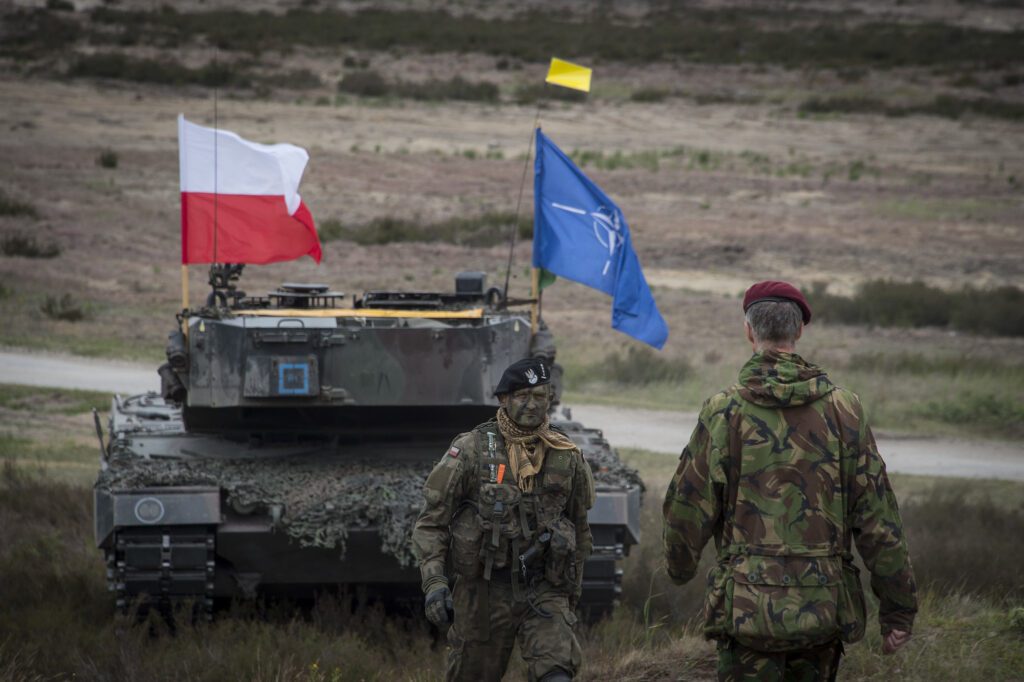
In a possible war with Russia, Poland is the most strategic piece on NATO’s eastern flank. It is the steel wall that stands against Russia’s expansion into Europe. Poland is also where the strongest response to a possible Russian attack will be given. NATO’s defense of Poland is crucial in this regard. It is vital to establish a complex, multi-layered defense on Polish territory. Let’s take a look at a summary of how NATO can protect Poland.
NATO’s Defense of Poland: On the Ground
One of the first things we will see when we detect a Russian attack will be Russian tank divisions pouring across Polish soil. The Polish landscape, with its flat plains, offers a favorable environment for Russian tanks. NATO must overcome its geographical disadvantage by responding immediately and forcefully. Russian tank divisions must be destroyed by layered defenses, not by a static line of defense that can be easily broken through.
This is where advanced anti-tank guided missiles such as the Javelin and NLAW should be the bane of the shabby Russian tanks. Mobile infantry units used these light weapons to unleash hell on the Russian army in Ukraine.Alongside the light defensive weapons, NATO tanks and Poland’s ever-growing armored forces would stand as a steel wall against the invaders. Key areas such as the famous Suwalki Pass will be heavily fortified to create points of resistance.
NATO’s Defense of Poland: In the Air
You cannot win a modern war without controlling the sky. The fight for air superiority would begin instantly. NATO holds a significant technological edge here. Fifth-generation fighters like the F-35 would be the tip of the spear. Their stealth capabilities allow them to penetrate enemy air defenses and take out critical targets like command centers and surface-to-air missile (SAM) sites.
A robust, integrated air defense network, using systems like the Patriot and CAMM, would protect Polish airspace and NATO ground forces. This shield would work to neutralize incoming Russian missiles and aircraft. The goal is simple: create a safe bubble for ground troops to operate in while denying that same safety to the enemy.
At Sea: Dominating the Baltic
The seas would be crucial to NATO’s defense of Poland. A major war with Russia would be unthinkable, limited to air and land. The goal would be for NATO naval superiority in the Baltic Sea, Russia’s vital strategic waterway. Confining Russia’s Baltic Fleet to the port of St. Petersburg would constitute the naval leg of NATO’s defense of Poland.
By controlling the seas, NATO could protect critical shipping lanes. Reinforcements coming through these routes would be a lifeline for Poland and the other Baltic states. It would also ensure that the Polish coast was safe from any threat of a landing. Our Polish allies could cool off in the sea after drinking their ice-cold beer. The enormous pressure that naval dominance would put on the Russians should also be taken into account.





